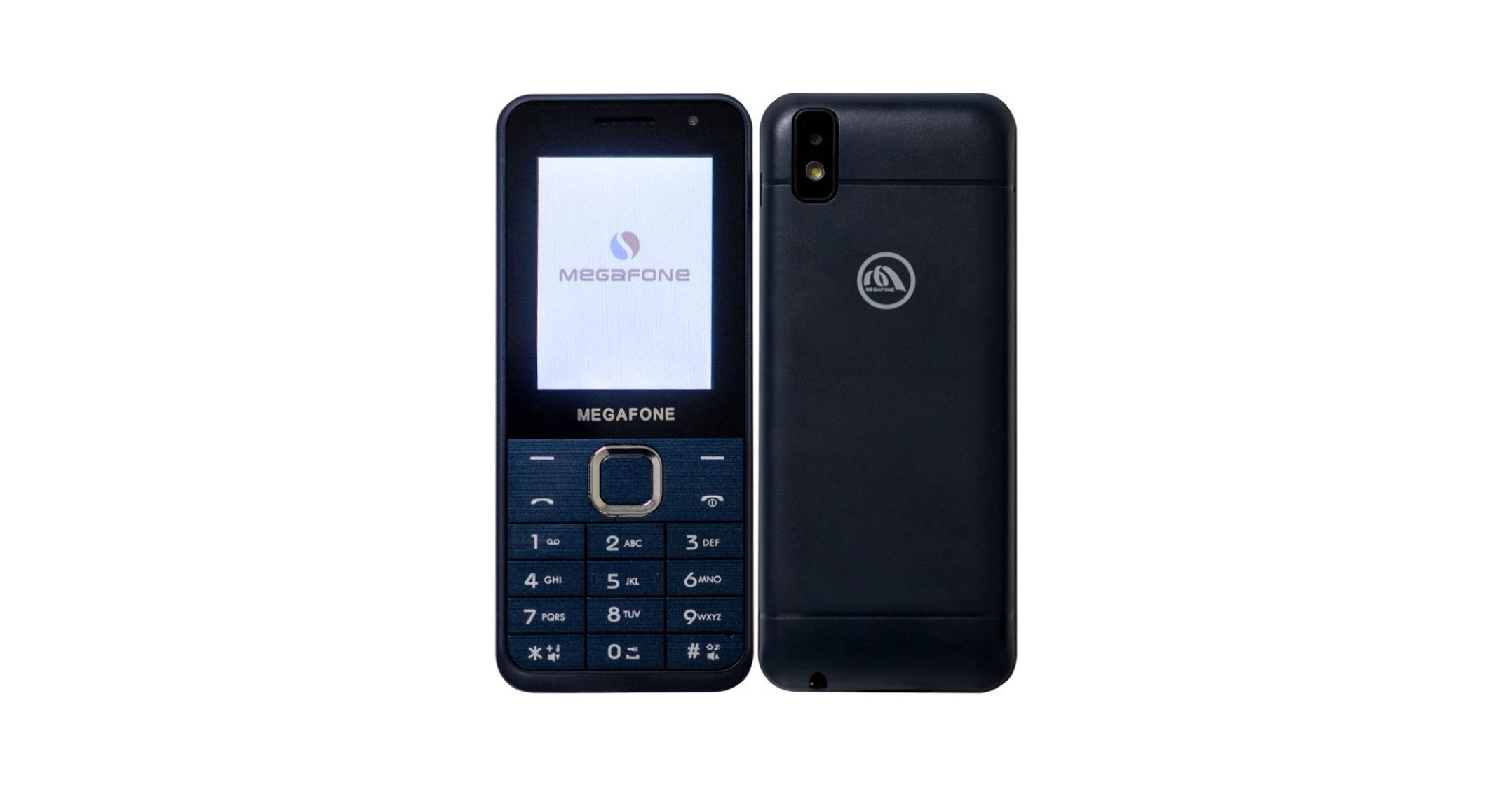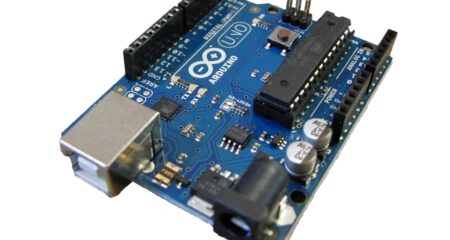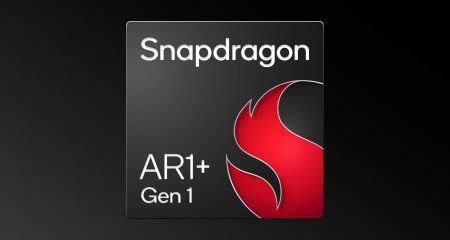
[dropcap]Q[/dropcap]ualcomm has built a sub-$20 4G/LTE “reference design” phone that it hopes third-party manufacturers will soon bring to the South African market. Apart from lowering the bar to access, the phone, once introduced here by smartphone makers, could have a big impact on local mobile operators.
The semiconductor giant doesn’t make its own phones, but supplies the chipsets that power many of the smartphones made by big consumer brands, including Samsung, Sony, Huawei and HTC.
Qualcomm is hoping $20 4G phones, based on its new 205 chipset, will foster the rapid adoption of such handsets among price-sensitive customers who today can only afford to buy 2G feature phones. The phones are likely to retail in South Africa for around R400, the company said.
The idea is to get consumers off 2G phones so that network operators can reallocate spectrum currently used for 2G (which was built for voice calls) and reallocate it for 4G (built for broadband).
In some developed markets, operators and regulators have begun talking seriously about switching off their legacy 2G networks. This can happen because a clear majority of consumers in these markets already use either 3G- or 4G-capable handsets.
However, in South Africa, it is estimated that more than 50% of all handsets in use are still 2G, creating a big headache for operators, which have already reallocated some of their 2G spectrum for 4G. The companies urgently need access to more spectrum to continue serving booming demand for mobile broadband. If they were able to reallocate all of their 2G spectrum for 4G, it would have a huge beneficial impact on their ability to continue serving that demand in the absence of new spectrum being allocated by communications regulator Icasa.
Costly
James Munn, vice-president for Qualcomm in sub-Saharan Africa, said at a media briefing in Johannesburg on Thursday that it’s costly for mobile operators to continue to, in effect, run three networks — 2G, 3G and 4G — in parallel. “It’s not cost-efficient,” he said.
The problem, especially in developing markets like South Africa, is that affordability is a “very big issue”. Many consumers simply cannot afford anything more than a cheap 2G feature phone, yet government policy insists that the bulk of the population be served by mobile broadband by 2020.
“Qualcomm embarked on reference design product to build a 4G device that could replace the prevalent 2G feature phone,” Munn said.

The company’s reference design is a device that looks like a feature phone — it has a low-cost 2.4- or 2.8-inch VGA screen with a 3-megapixel rear camera and 0.3-megapixel front-facing camera. It runs Android KitKat, which has a smaller memory footprint than more recent versions of the Google operating system, and offers peak download speeds of 150Mbit/s.
Munn believes manufacturers should be able to bring phones based on the reference design to the South African market for less than R400. Chinese manufacturers have already begun selling low-cost phones based on the 205 chipset in India.
“It will allow operators to target the low-end segment, freeing up spectrum and allowing LTE to move into the lower bands, below 1GHz,” Munn said.
Qualcomm is, of course, not doing this for altruistic reasons. It stands to make a lot of money migrating more customers onto phones using its 4G chipsets. But it could also save the operators a lot of money.
“From an efficiency and cost perspective, provided the devices are available, it is more efficient and less capital intensive to maintain 3G and 4G networks. You will make more money to have a customer with a 3G phone in his pocket than a 2G phone,” Munn said. – © 2017 NewsCentral Media




